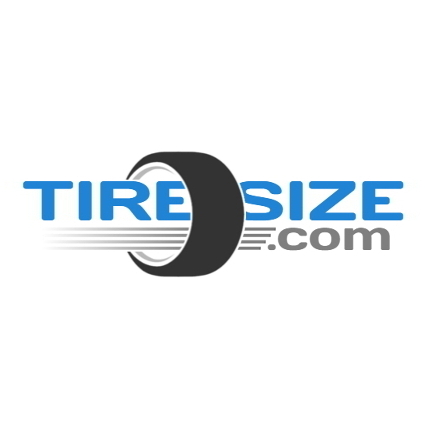Why SO narrow?? 235 is so much narrower than a stock tire even, doesn't make sense to me with a heavy truck. You will need to inflate them way higher than you would otherwise want, to support the weight, but then it is not much air volume to compress and absorb bumps... Even if you are into the pizza cutters (which are arguably better on a stock weight truck) on a heavy truck wouldn't you rather not have to inflate so much and have some comfort come from the tires too?
E rated is a given with that much on the back end, unless you wanted to inflate them way up and don't deflate or go offroad much. I tried a 35x10.5 Kenda Klever R/T on my truck, Load range D, and had to inflate way more than I wanted to carry the load. When you air down some it gets really squishy and not well controlled. Moved to a true 35x12.5 E rated tire, and wow, what a better difference for me in control, air pressure needed in a given condition, and traction. Granted I have to clearance a little more, but that is with 35, not 33.
My suggestion is to go with a 285 tire, your mileage is already bad, not gonna change much and it will support your load way better without over board on the pounds per square inch of the tire to pavement (note: not the psi in the tire). But if you are going to the 17", then a 255 80r17 is a better choice than a 235... IMO

 tiresize.com
tiresize.com

 tiresize.com
tiresize.com

 tiresize.com
tiresize.com
of course actual measurements vary by manufacturer
E rated is a given with that much on the back end, unless you wanted to inflate them way up and don't deflate or go offroad much. I tried a 35x10.5 Kenda Klever R/T on my truck, Load range D, and had to inflate way more than I wanted to carry the load. When you air down some it gets really squishy and not well controlled. Moved to a true 35x12.5 E rated tire, and wow, what a better difference for me in control, air pressure needed in a given condition, and traction. Granted I have to clearance a little more, but that is with 35, not 33.
My suggestion is to go with a 285 tire, your mileage is already bad, not gonna change much and it will support your load way better without over board on the pounds per square inch of the tire to pavement (note: not the psi in the tire). But if you are going to the 17", then a 255 80r17 is a better choice than a 235... IMO

255/80R17 Tires
255/80R17 tire conversion. Convert 255/80R17 tire size to inches and compare prices on available tires from the top brands online.

285/70R17 Tires
285/70R17 tire conversion. Convert 285/70R17 tire size to inches and compare prices on available tires from the top brands online.

235/85R17 Tires
235/85R17 tire conversion. Convert 235/85R17 tire size to inches and compare prices on available tires from the top brands online.
of course actual measurements vary by manufacturer
